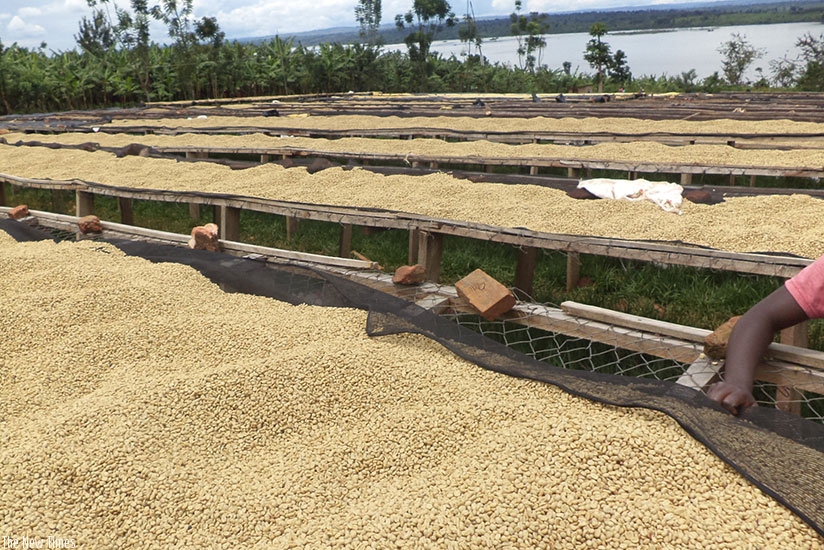Economy expands by 8% in third quarter
Rwanda’s economy expanded by Rwf1.9 trillion in the 3rd quarter of 2017, thanks to strong performance by both the service and agriculture sectors.

Rwanda coffee being dried. File.
